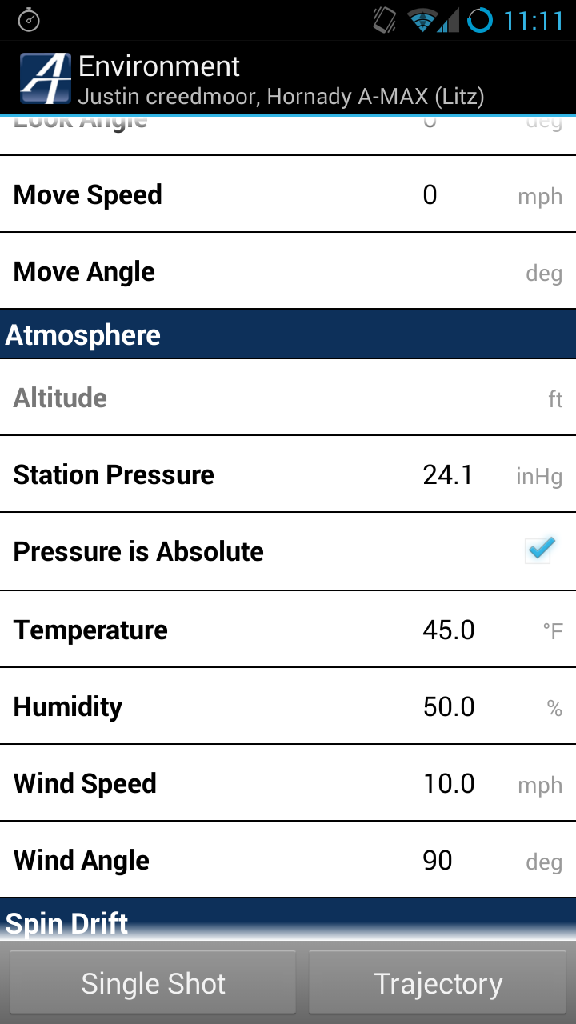So, I will soon be getting into longer-range shooting with my new .308 bolt gun once the weather isn't so terrible. I have been shooting for years and have been ravenously studying the long range discipline for the past year or so.
But one thing continues to escape me.
So, the proper thing to do with any new load is to verify velocity, zero your gun at 100 yards (or meters) and then work up some ballistics charts for bullet drop, etc., based on varying conditions.
But... Let's say I zero my gun and test velocity with a specific load at 40 degrees and a specific barometric pressure. Then let's say the next time I shoot, it is 30 or 40 degrees hotter and slightly different conditions all around. Wouldn't my 100-yard zero be slightly different (higher POI) and my velocity be higher and hence, skew all suqsequent, longer distances?
So my question is this: How can any bullet drop charts be accurate if you are zeroed for specific conditions. Wouldn't you have to re-zero your rifle every time you go out, for those conditions, for your charts to be spot on?
I have to be missing something simple, but nonetheless, this bothers me greatly. Any help is appreciated.
But one thing continues to escape me.
So, the proper thing to do with any new load is to verify velocity, zero your gun at 100 yards (or meters) and then work up some ballistics charts for bullet drop, etc., based on varying conditions.
But... Let's say I zero my gun and test velocity with a specific load at 40 degrees and a specific barometric pressure. Then let's say the next time I shoot, it is 30 or 40 degrees hotter and slightly different conditions all around. Wouldn't my 100-yard zero be slightly different (higher POI) and my velocity be higher and hence, skew all suqsequent, longer distances?
So my question is this: How can any bullet drop charts be accurate if you are zeroed for specific conditions. Wouldn't you have to re-zero your rifle every time you go out, for those conditions, for your charts to be spot on?
I have to be missing something simple, but nonetheless, this bothers me greatly. Any help is appreciated.


